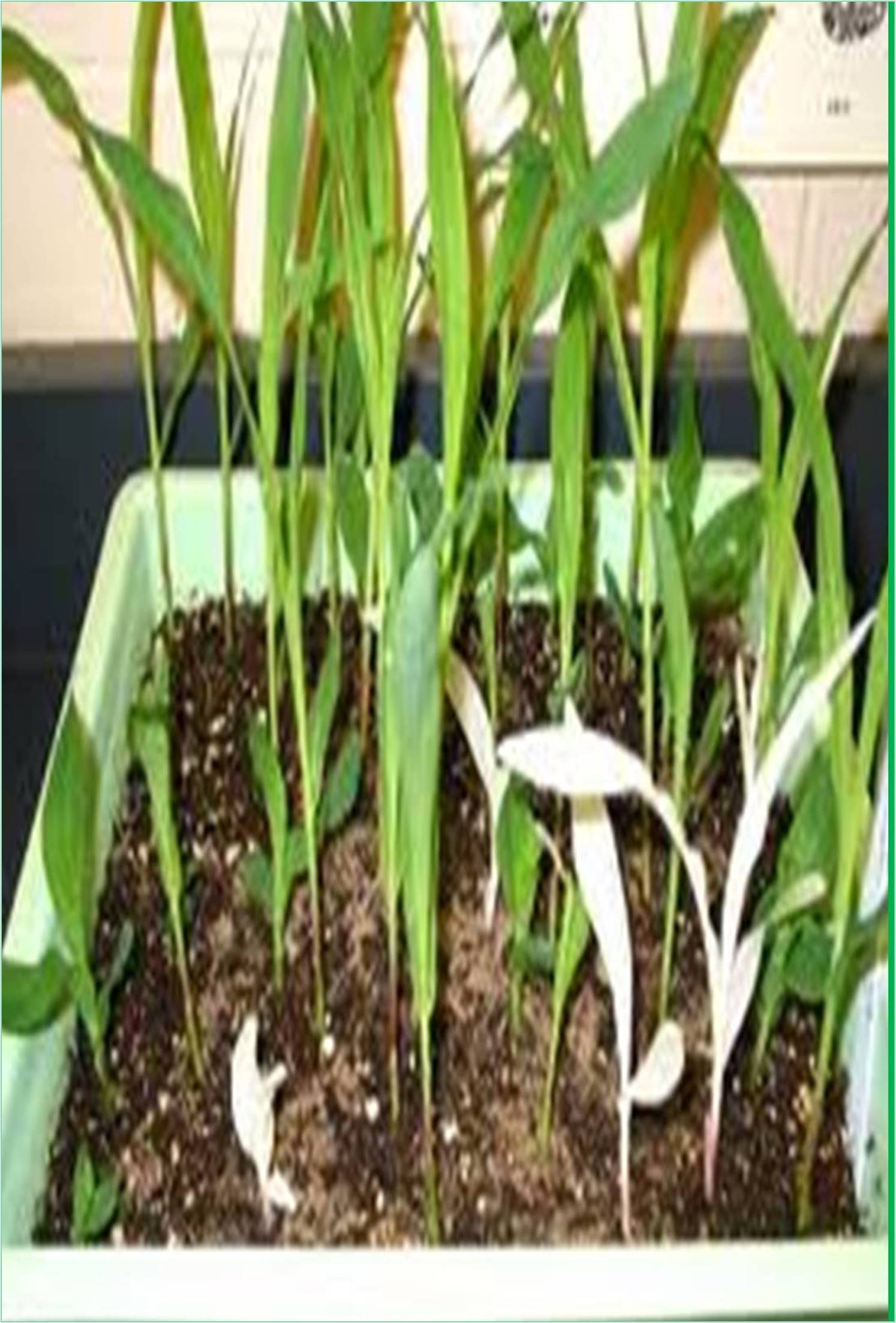



Received: 01-Aug-2022, Manuscript No. GJPBG-22-67792; Editor assigned: 05-Aug-2022, Pre QC No. GJPBG-22-67792(PQ); Reviewed: 26-Aug-2022, QC No. GJPBG-22-67792; Revised: 02-Sep-2022, Manuscript No. GJPBG-22-67792(R); Published: 09-Sep-2022, DOI: 10.15651/2449-0598-22.09.006
One of the most significant crops in the world is rice (Oryza sativa). Numerous rice varieties exist, and each one has unique qualitative, quantitative, agronomic, and environmental adaptability traits. Plant breeders are constantly working to improve some of these traits, which necessitate discovering fresh sources of variation based on the type of rice, production ecology, or environment of the new variety, as the selection characters may change depending on their habitat or system. Additionally, new kinds should be able to flourish in a variety of settings. When the phenotypic response to environmental changes differs between study plants, it is challenging to select cultivars with wide adaptability or stability. Plant or genotype interactions with the environment can delay the selection process by making it challenging to recognize cultivars that may be superior.
Long and difficult plant breeding efforts are needed to produce new and improved varieties of rice. Early detection of desired traits is a challenging process, particularly when trying to increase yield because the interaction between the environment and plants may significantly delay selection in the earliest generations. Plant breeders greatly value methods that make it easier to choose plants with desirable traits in the earliest generations. Principal component analysis of performance and field testing using a honeycomb design were used to explore an indirect selection strategy in the early generations of rice. In this investigation, double haploid varieties of rice were used that were produced by mating the rice types "Benisants" and "Gigante Vercelli." Using genomic technologies like high-throughput genetic marker analysis, this method was contrasted to indirect selection. Principal component analysis has been used to determine the primary factors that can be employed in indirect selection. Phenological examination and principal component analysis with six chosen factors produced a model that explained 98.73% of the total yield variability. The Harvest Index is the factor that most affects the model. The best selected lines produced yield values that were 32% and 43% higher than those of the parental and matched the outcomes of indirect selection using molecular markers.
Temperature in particular has a significant impact on environmental factors that affect rice plant growth. During the two years (2009–2010) that the trials were conducted, there were various climatic circumstances. The 2010 field trial's low minimum temperatures at the commencement of crop growth had an impact on the growth of the lines, which led to less vigorous plant development and tillering. Some metrics can be impacted by external factors, particularly temperature fluctuations and other factors have noted. Plants displayed better tillering as the temperature increases. The expression of morphological characteristics, as well as the phenological and productive characterization of the family of DHLs, was made possible by the experimental design of a lattice square and a plantation mark in an isolated environment (0.5 x 0.5 m). The selection of individual plants in early generations may be successful for qualitative qualities but unsuccessful for quantitative traits like grain production in other cereals like wheat (Triticum aestivum) and barley (Hordeum vulgare). However, some breeders advise utilising adequate field designs to assess expression in as many genotypes as feasible in order to execute selection for high-yielding genotypes in the F2 (second filial) generation and future segregating generations. For instance, when plants are evenly scattered in the field using a "honeycomb" pattern, good selection can be accomplished.